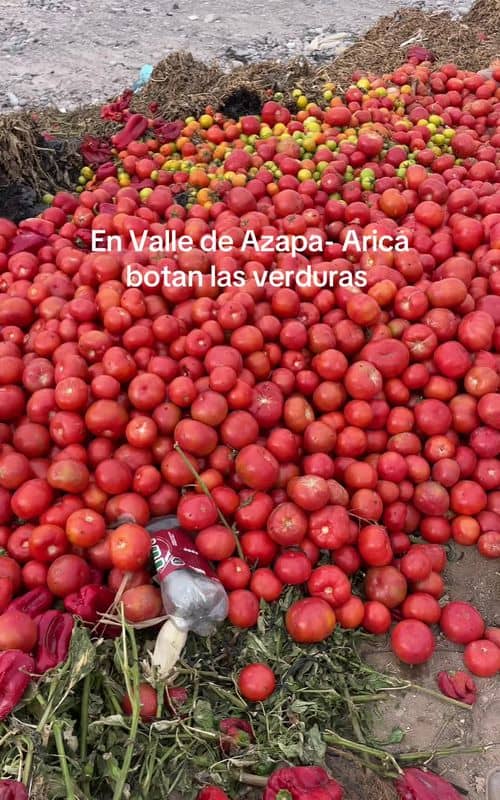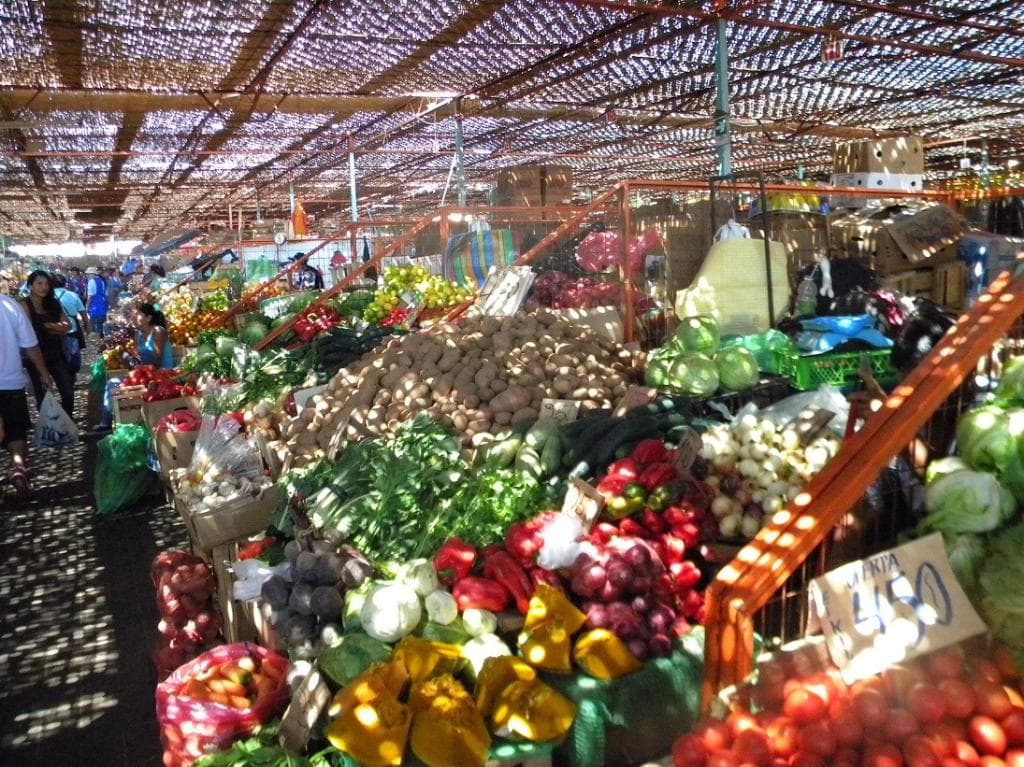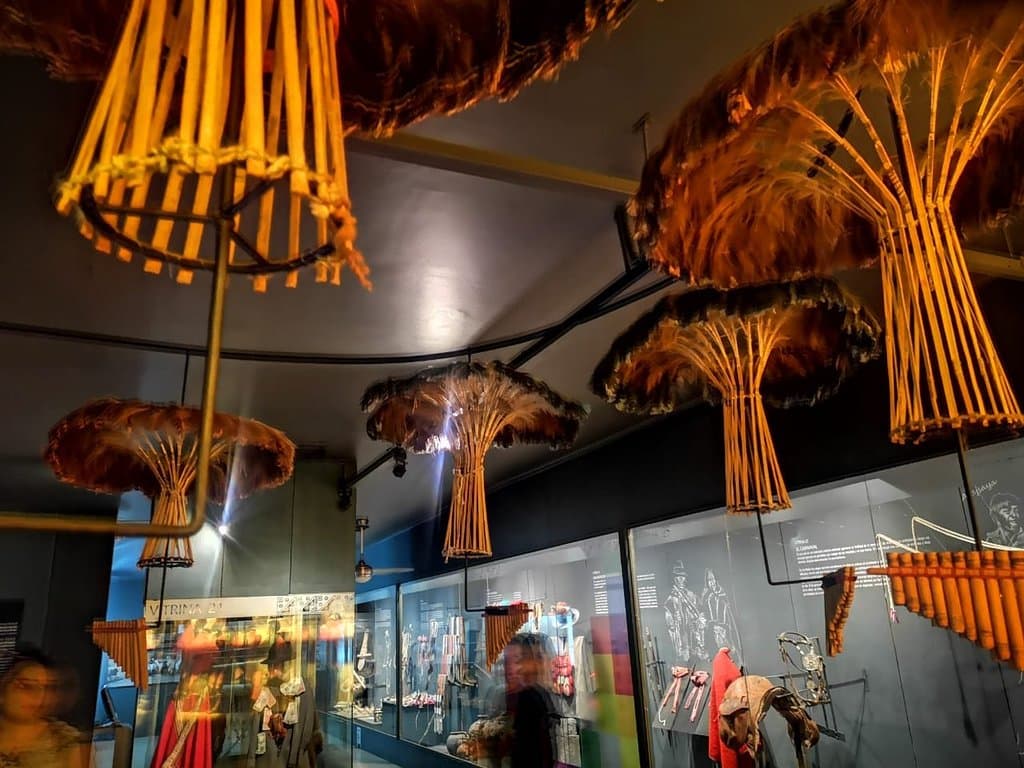Valle de Azapa
A vibrant desert oasis in northern Chile, famed for its ancient geoglyphs, world-class olives, and rich pre-Columbian history.
Highlights
Must-see attractions

Social
From TikTok & Reddit
Best Time
Markets come alive
Valle de Azapa
Best Time
Markets come alive
Highlights
Must-see attractions
A vibrant desert oasis in northern Chile, famed for its ancient geoglyphs, world-class olives, and rich pre-Columbian history.
"A very beautiful valley where you can find a great variety of olives and fruits, also a very nice place to live..."
🚗 Rent a Car for Freedom
Explore the vast Valle de Azapa at your own pace. Public transport is limited, so a car is highly recommended.
☀️ Sun Protection is Key
The desert sun is intense! Bring hats, sunscreen, and sunglasses for your visit.
Highlights
Discover the most iconic attractions and experiences
Geoglyphs of the Valley
Various locations throughout the valley
Ancient rock carvings depicting animals and human figures, offering a glimpse into the region's past.
Olive and Fruit Farms
Throughout the valley
Taste world-renowned olives and sample delicious fruits grown in this fertile desert region.
Archaeological Museum of San Miguel de Azapa
Museo Arqueológico San Miguel de Azapa
Home to the oldest mummies in the world, showcasing the rich pre-Columbian history of the region.
Local Markets and Fairs
Various locations, especially Km 32
Experience local life and savor fresh produce and artisanal goods at vibrant valley markets.
Plans like a pro.
Thinks like you
Planning Your Visit
Embrace the Oasis Vibe
Navigating the Valley
Best Times
Insider Tips
from TikTok, Instagram & Reddit
🚗 Rent a Car for Freedom
Explore the vast Valle de Azapa at your own pace. Public transport is limited, so a car is highly recommended.
☀️ Sun Protection is Key
The desert sun is intense! Bring hats, sunscreen, and sunglasses for your visit.
🛍️ Visit the Km 32 Market
Experience local flavors and crafts at the lively market, usually open in the late afternoons.
💧 Stay Hydrated
Carry plenty of water, especially when exploring during warmer months. The desert climate can be dehydrating.
Tips
from all over the internet
🚗 Rent a Car for Freedom
Explore the vast Valle de Azapa at your own pace. Public transport is limited, so a car is highly recommended.
☀️ Sun Protection is Key
The desert sun is intense! Bring hats, sunscreen, and sunglasses for your visit.
🛍️ Visit the Km 32 Market
Experience local flavors and crafts at the lively market, usually open in the late afternoons.
💧 Stay Hydrated
Carry plenty of water, especially when exploring during warmer months. The desert climate can be dehydrating.
📸 Capture the Landscapes
The unique desert scenery and agricultural beauty make for stunning photos. Don't forget your camera!
What Travellers Say
Reviews Summary
Visitors consistently praise Valle de Azapa as a beautiful and charming oasis in the northern desert, highlighting its unique agricultural offerings like olives and fruits, and its rich historical sites. Some note that while the valley is beautiful, there's still potential for further development and exploration.
"Virgin of the Rocks just to comment, you will be unforgettable forever in your heart"
Verushka molina
"Beautiful place, a very beautiful valley where you can find a great variety of olives and fruits, also a very nice place to live..."
Patricio Ayarza
"One of the most charming places in the city of Arica. You must visit the valleys and ravines; they boast unique flora and fauna, along with wonderful fruits. Discover the rest for yourselves. "
Guillermo Obregon
What People Like
What People Dislike
Frequently Asked Questions
🚇 🗺️ Getting There
The most convenient way to reach Valle de Azapa is by car, which you can rent in Arica. The drive is scenic and takes about 30-45 minutes to reach the main valley areas. Local buses also run, but schedules can be infrequent.
Getting around Valle de Azapa is best done with a private vehicle. While some areas are accessible by local buses, many attractions are spread out, making a car essential for comprehensive exploration.
The primary route is the 'Ruta 5 Norte' which passes by the entrance to the valley. Within the valley, smaller roads connect farms and attractions. Keep an eye out for signs indicating local markets and points of interest.
Ride-sharing services are generally limited to the city of Arica. It's unlikely you'll find them readily available for trips deep into Valle de Azapa.
Yes, several local tour operators in Arica offer guided excursions to Valle de Azapa, which can be a good option if you prefer not to drive.
🎫 🎫 Tickets & Entry
No, there are no general admission tickets required to enter Valle de Azapa. Access to the valley itself is free. However, individual farms, museums, or specific attractions within the valley may have their own entrance fees.
Opening hours vary greatly depending on the specific attraction. Museums typically follow standard daytime hours, while local markets are often open in the late afternoon and early evening. It's best to check the hours for individual sites before your visit.
The Archaeological Museum of San Miguel de Azapa is generally open on weekends, but it's always a good idea to confirm their current operating hours directly, as these can change.
Most geoglyph sites in Valle de Azapa are accessible without a fee, as they are part of the natural landscape. However, some may be located on private property or near managed sites that could have associated costs.
Many farms in Valle de Azapa welcome visitors to purchase their produce directly. Look for signs indicating 'venta directa' or ask locals for recommendations.
🎫 🧭 Onsite Experience
Valle de Azapa offers a rich experience beyond agriculture, including exploring ancient geoglyphs, visiting the San Miguel de Azapa Archaeological Museum, enjoying local markets, and appreciating the unique desert landscapes.
While not extensively developed for hiking, the valley offers opportunities for exploration on foot, especially around the geoglyph sites and along the riverbeds. Be prepared for rugged terrain and desert conditions.
You might spot various desert birds, reptiles, and insects. The valley's unique ecosystem supports a surprising amount of life adapted to arid conditions.
Yes, Valle de Azapa makes an excellent day trip from Arica. You can easily spend a few hours exploring its highlights or dedicate a full day to a more immersive experience.
The 'novias de Azapa' refer to local legends and ghost stories, often associated with figures seen on the roadside. It's a part of the valley's folklore and adds a mysterious element to the landscape.
🍽️ 🍽️ Food & Dining
Valle de Azapa is renowned for its high-quality olives, olive oil, and a variety of fruits like mangoes and guavas. You can also find delicious traditional Chilean dishes at local restaurants and markets.
You'll find local restaurants, 'picadas' (small eateries), and food stalls, especially around Km 32 and near farms. Many offer fresh, locally sourced ingredients.
While many dishes feature meat, the abundance of fresh produce means you can often find vegetarian options, especially at restaurants focusing on salads and vegetable-based meals.
Absolutely! Buying fresh olives, fruits, and artisanal products directly from farms or markets is a highlight of visiting Valle de Azapa.
This likely refers to local food stalls or informal eateries, often found along the roadside, offering authentic regional cuisine.
📸 📸 Photography
The geoglyphs, vast agricultural fields, the desert landscape meeting the oasis, and local markets offer fantastic photographic opportunities. The San Miguel de Azapa Museum also has unique artifacts.
Early morning and late afternoon offer the best light for photography, with softer shadows and warmer tones. Midday sun can be harsh.
Generally, photography is allowed in public areas. However, always be respectful when photographing people or private property. Some museum exhibits may have specific photography rules.
A versatile lens (like a 24-70mm equivalent) is useful for landscapes and details. A wide-angle lens can capture the expansive desert vistas. Don't forget a sturdy tripod for low-light shots or geoglyph details.
Yes, photographing the vibrant produce and picturesque farms is encouraged. If you're visiting a specific farm, it's polite to ask permission before taking extensive photos.
For Different Travelers
Tailored advice for your travel style
👨👩👧 Families with Kids
Visiting a local farm to see where fruits and olives are grown can be a fun and interactive outing. Many farms offer direct sales, allowing kids to taste fresh produce. The Km 32 market provides a lively atmosphere with diverse sights and smells, and it's a great place to pick up snacks. Remember to pack plenty of water and sun protection, as the desert climate can be challenging for younger children.
🚗 Road Trippers & Explorers
Map out your route to include key attractions like the geoglyphs, the museum, and various agricultural producers. Don't be afraid to pull over at roadside stalls or markets to sample local delicacies and chat with vendors. The valley's expansive landscapes and unique cultural sites offer endless opportunities for discovery and photography.
🌿 Nature & Agriculture Enthusiasts
Visiting local farms offers a direct look at the agricultural processes and the challenges of desert farming, such as salinization. You can also appreciate the unique flora and fauna adapted to this oasis environment. The valley's transformation from barren desert to fertile land is a compelling story of human resilience and agricultural innovation.
Deep Dives
In-depth insights and expert knowledge
The Agricultural Heart of the Desert
Visitors can experience this agricultural richness firsthand by visiting local farms. Many offer direct sales of their produce, allowing you to taste the freshness of fruits and olives picked just hours before. Some farms also produce artisanal products like olive pastes and internationally awarded extra virgin olive oil. This direct connection to the land provides a unique insight into the valley's economy and culture.
However, the valley faces environmental challenges. Instagram reels highlight a 'silent threat' of salinization, where ancient seabed salts are slowly encroaching on cultivated areas due to intensive irrigation. This poses a significant risk to the long-term viability of agriculture in the region, making the preservation of this oasis even more critical.
Echoes of Ancient Civilizations
The geoglyphs, massive designs etched into the hillsides, are another captivating aspect of the valley's history. These ancient artworks depict animals, human figures, and abstract symbols, believed to have served various cultural and ceremonial purposes. While some are visible from afar, guided tours can provide closer access and deeper understanding of their context.
Beyond the major sites, the valley is steeped in local folklore. Stories like the 'novia de Azapa' (bride of Azapa) add a layer of mystery and intrigue to the landscape, reflecting the deep cultural heritage and the stories passed down through generations.
Local Flavors and Evening Markets
Many TikTok videos showcase the lively atmosphere of these markets, which typically run for a few hours, usually from around 6 PM to 9 PM. It's an excellent opportunity to interact with vendors, learn about regional ingredients, and enjoy authentic Chilean flavors. Beyond the markets, several restaurants and 'picadas' (small eateries) scattered throughout the valley offer delicious meals, often featuring ingredients sourced directly from nearby farms.
When visiting, be sure to try the local olives and olive oil, which are exceptional. Many establishments pride themselves on serving food that is 'fresco, directo de la tierra a tu mesa' (fresh, straight from the earth to your table), emphasizing the farm-to-table experience that defines the valley's gastronomy.


Social
from TikTok, Instagram & Reddit